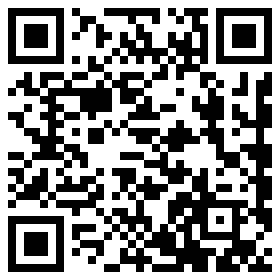When PayPal's acquisition of the crypto custodian Curv for an undisclosed amount sent ripples through the market, Citibank was in the midst of completing its first cross-border tokenized bond issuance via an on-chain compliance protocol. These two seemingly parallel worlds, driven by the resonance of their underlying logic, are on the cusp of a historic convergence.
In the existing traditional financial system, the average 3.5% cross-border payment fee erodes the profits of small and medium-sized enterprises. Bond transactions have to go through nine intermediary links, including custodian banks, clearing houses, and registration agencies. And the $3 million minimum investment threshold for private equity funds keeps 90% of investors at bay. These characteristics of being "slow, expensive, and high-threshold" are showing increasing systemic fatigue in the digital economy era.
While the crypto world has created disruptive mechanisms like AMM (Automated Market Makers), according to Dune Analytics data, as of Q2 2023, 73% of the liquidity in DeFi protocols was still trapped in native crypto assets. As Patrick Campos, Chief Strategy Officer of Securrency, said, "For crypto to truly impact the global financial system, it must break through the invisible barriers of existing circles".
So, when RWA (Real-World Assets) came into play, it marked a significant leap in the integration process. RWA allows people to hold and interact with more on-chain protocols through CeFi (Centralized Finance) and DeFi, gaining greater liquidity and higher asset utilization rates. With the popularization of the RWA concept, it will become an important asset management tool in the following ways:
- Asset identifiability: Through the dual verification of off-chain oracles and on-chain NFT certificates, it enables the digital entitlement of real assets such as real estate and commodities.
- Asset callability: With the help of programmable compliance protocols, traditional financial instruments can be connected to DeFi liquidity pools.
When the divide between the two sides is bridged, a simple example is that BlackRock's tokenized fund BUIDL has a management scale of over $500 million. MakerDAO injected $800 million in Treasury bond returns into the DAI stablecoin reserve, and Hong Kong real estate giant New World Development launched an on-chain commercial paper financing platform. This "on-chain" of traditional assets and "out-of-the-circle" of crypto technology are jointly building a new round of financial world impact.
One day, we will see that "Visa's payment network can also call on Uniswap's liquidity pool." This system, which starts with technology and succeeds with ecology, will seamlessly integrate the traditional system with the new system based on distributed ledger technology. In the future, what we will witness is not just a simple technological overlay, but a borderless, highly liquid, and strongly compliant financial future.





All Comments